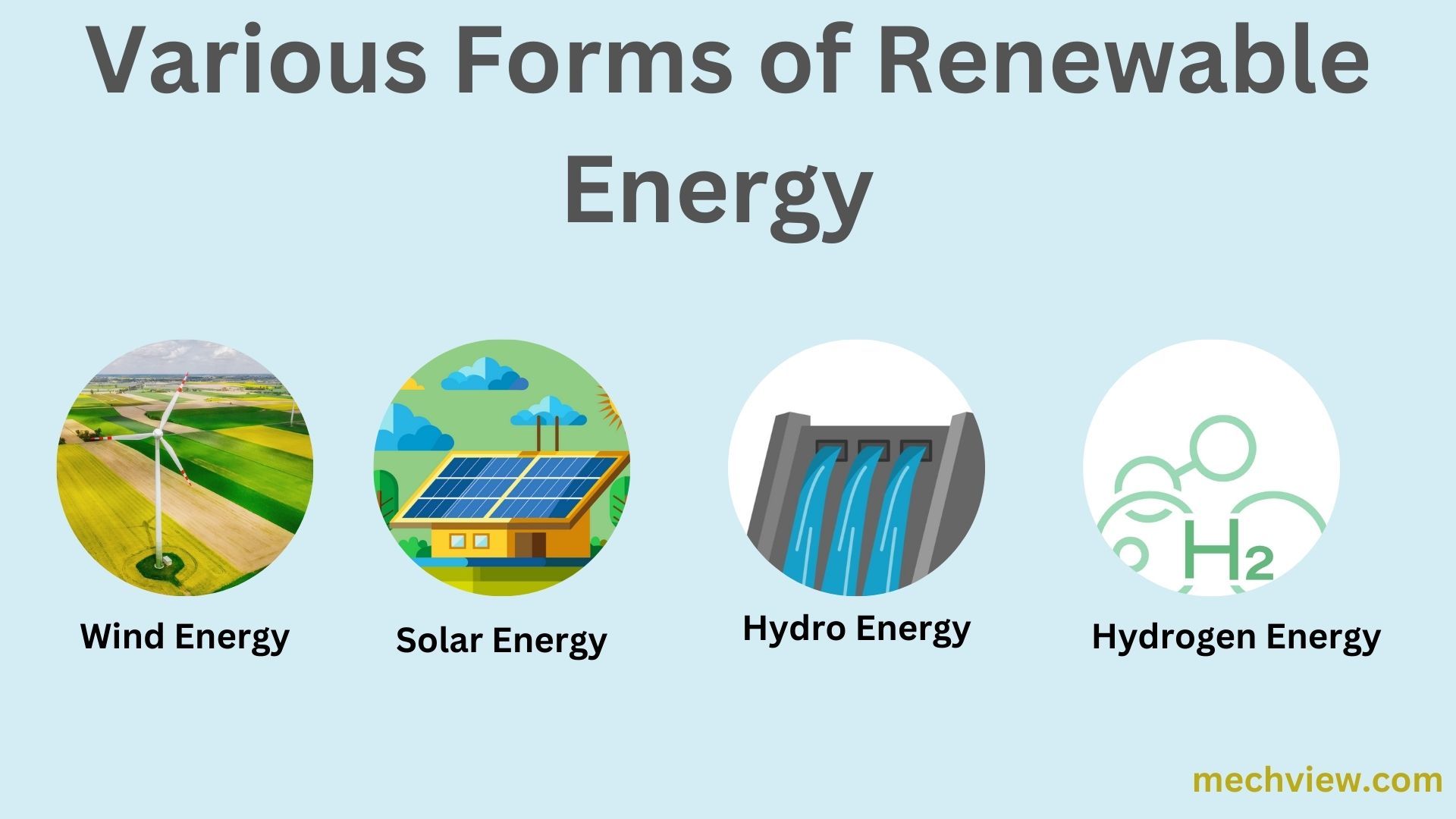Introduction
As the world grapples with climate change and environmental degradation, the transition to renewable energy sources has become imperative. Mechanical engineering plays a crucial role in developing and implementing renewable energy technologies, driving innovation and efficiency. This article explores the various renewable energy technologies within mechanical engineering, their applications, benefits, challenges, and future prospects.
Understanding Renewable Energy Technologies
Defining Renewable Energy
Renewable energy comes from natural sources that are replenished constantly, such as sunlight, wind, rain, tides, waves, and geothermal heat. Unlike fossil fuels, which are finite and contribute to pollution, renewable energy sources are sustainable and have a lower environmental impact.
Renewable Energy Technologies
- Solar Energy
- Photovoltaic (PV) Systems: Convert sunlight directly into electricity using solar cells.
- Concentrated Solar Power (CSP): Uses mirrors or lenses to concentrate sunlight, generating heat to produce electricity.
- Solar Thermal Systems: Collect and store solar energy for heating and hot water applications.
- Wind Energy
- Horizontal Axis Wind Turbines (HAWT): Traditional wind turbines with blades rotating on a horizontal axis.
- Vertical Axis Wind Turbines (VAWT): Wind turbines with blades rotating on a vertical axis, suitable for urban environments.
- Hydropower
- Run-of-the-River Systems: Generate electricity without large reservoirs, minimizing environmental impact.
- Pumped Storage Hydropower: Stores energy by pumping water to a higher elevation during low demand and releasing it to generate electricity during high demand.
- Bioenergy
- Biomass: Organic materials such as wood, agricultural residues, and waste, used for heating, electricity, and fuel production.
- Biofuels: Liquid fuels derived from biomass, including ethanol and biodiesel.
- Geothermal Energy
- Geothermal Power Plants: Use heat from the Earth’s core to generate electricity.
- Geothermal Heat Pumps: Utilize stable ground temperatures for heating and cooling buildings.

Applications in Mechanical Engineering
Design and Optimization
Mechanical engineers design and optimize renewable energy systems to maximize efficiency and reliability. This involves developing advanced materials, improving aerodynamics, and integrating smart technologies for monitoring and control.
Manufacturing and Installation
The manufacturing and installation of renewable energy systems require precision engineering and innovative techniques. Mechanical engineers ensure that components are produced to high standards and that systems are installed correctly for optimal performance.
Maintenance and Operations
Regular maintenance and efficient operations are critical for the longevity and effectiveness of renewable energy systems. Mechanical engineers develop maintenance protocols and predictive maintenance strategies to minimize downtime and operational costs.
Benefits of Renewable Energy Technologies
Environmental Sustainability
Renewable energy technologies reduce greenhouse gas emissions and dependence on fossil fuels, contributing to environmental sustainability and mitigating climate change.
Energy Security and Independence
By harnessing local renewable resources, countries can reduce their reliance on imported fossil fuels, enhancing energy security and independence.
Economic Growth and Job Creation
The renewable energy sector generates significant economic opportunities, including job creation in manufacturing, installation, maintenance, and research and development.
Technological Innovation
The push for renewable energy drives technological innovation, leading to advancements in materials science, engineering processes, and smart technologies.
Challenges in Implementing Renewable Energy Technologies
High Initial Costs
The upfront costs of renewable energy technologies can be high, including research and development, manufacturing, and installation expenses. However, these costs are decreasing as technologies mature and economies of scale are realized.
Intermittency and Storage
Renewable energy sources like solar and wind are intermittent, requiring efficient energy storage solutions to ensure a stable and reliable power supply. Mechanical engineers are working on advanced battery systems, pumped storage, and other storage technologies.
Grid Integration
Integrating renewable energy into existing power grids poses technical challenges, including grid stability and the need for advanced control systems. Engineers are developing smart grid technologies and decentralized energy systems to address these issues.
Regulatory and Policy Hurdles
The adoption of renewable energy technologies can be hindered by regulatory and policy barriers. Supportive policies, incentives, and streamlined permitting processes are essential to promote widespread adoption.
Future Prospects of Renewable Energy Technologies
Advancements in Solar Technology
Ongoing research in solar technology aims to improve the efficiency and affordability of PV cells and CSP systems. Innovations in materials science, such as perovskite solar cells, hold promise for higher efficiency and lower production costs.
Next-Generation Wind Turbines
Future wind turbines will be larger, more efficient, and capable of operating in diverse environments, including offshore locations. Advances in materials and aerodynamics will enhance performance and reduce maintenance needs.
Enhanced Energy Storage Solutions
The development of advanced energy storage solutions, including solid-state batteries, flow batteries, and hydrogen storage, will address the intermittency of renewable energy sources and ensure a stable power supply.
Smart Grid and Decentralized Energy Systems
Smart grid technologies and decentralized energy systems will facilitate the efficient integration of renewable energy into power grids, enhancing grid stability and resilience.
Sustainable Bioenergy
Research in bioenergy focuses on sustainable feedstocks, advanced conversion processes, and reducing environmental impacts. Second-generation biofuels derived from non-food biomass and algae are promising alternatives.
Concluding Thoughts
Renewable energy technologies are at the forefront of the transition towards a sustainable future, with mechanical engineering playing a pivotal role in their development and implementation. While challenges remain, ongoing innovations and supportive policies will drive the widespread adoption of renewable energy, transforming the global energy landscape. By harnessing the power of renewable resources, we can achieve environmental sustainability, energy security, and economic growth, paving the way for a cleaner and greener world.
“MechView: Unveiling Mechanical Engineering, Simply Explained!”